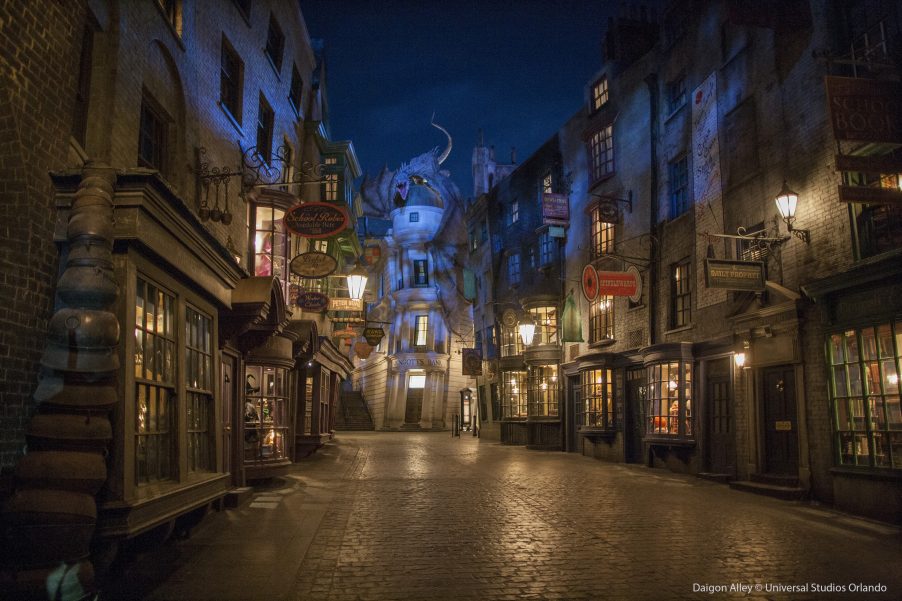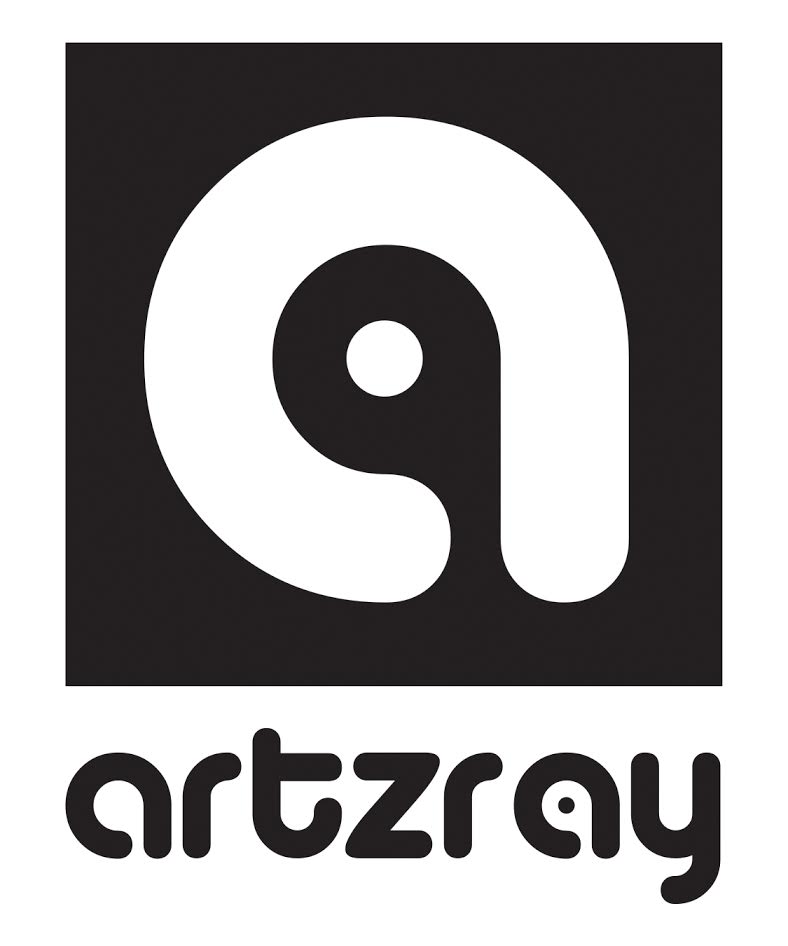Want a Creative Career in Themed Entertainment?


Have you ever wondered how to translate your creative talents into a career in themed entertainment? Chances are you’ve visited a theme park (maybe even this summer), but have you ever thought of all that it takes to create these magical spaces that remarkably and enjoyably transport us from our daily lives to fantasy worlds and back again? For some folks, that’s all they think about—and a very lucky few actually earn a living working in the themed entertainment industry. Here is some advice from industry insiders who have built careers that combine innovation, art, technology, and fun.
“It’s like a dream come true.” – Dina Benadon, CEO/Executive Producer, Super 78
It Takes All Kinds
There are so many creative specialties necessary in creating themed entertainment (not only for theme parks, but for museums, libraries, aquariums, zoos, science centers, and beyond), so following your passion might just end up taking you here.
There are engineers, fine artists, sculptors, cinematographers, architects, lighting specialists, sound designers, musicians, actors, writers, scientists, landscape artists, contractors, accountants, attorneys, marketing and PR specialists, costume designers, set dressers, graphic designers, technical directors, art directors, hair and make-up artists, event planners, production designers, educational consultants, directors, producers, stage managers, and more!
So perhaps you’ve thought about making movies, designing sets, or staging a live production; but have you thought about creating media for a simulator ride, or fabricating the sets or scenes of a traditional dark ride, or replicating the experience of stepping into a popular movie or television show? Maybe you should. Or perhaps you’d rather create an experience where a guest feels as though they are flying, or participating in a professional sporting event, or are on a journey through the human body. It’s all in a day’s work for those working in this industry.
It’s in More Places than You Think
“Themed entertainment is expanding beyond its traditional home in theme parks to influence the design of museums, libraries, and brand encounters. Institutional leaders are coming around to understand that the lessons the industry has learned about storytelling in theme parks can help them to develop better storytelling experiences in other out-of-home environments,” cites Robert Niles of ThemeParkInsider.
This particular kind of storytelling, utilizing multiple senses and immersive environments, is a hallmark of the overall craft involved; and Dina Benadon, of Super 78 notes that part of the fun in creating this form of entertainment is taking an idea or IP (intellectual property) and …”looking at it from all angles, learning how best to adapt it and think differently about what more the creative property can be, what kind of new experience it can become or inspire, and how many creative avenues you can take…(the fun is in) innovating new ideas.”
What’s Trending in Theme Parks Today
Rick West (Show Writer at Rethink Leisure and Entertainment, Founder / Editor in Chief at Theme Park Adventure, and Creative Mind behind Southern California Halloween conventions / festivals like Midsummer Scream) tells us that, “while conventional thinking might be that our industry is trending toward virtual and augmented reality technology, I feel that we’re at a very interesting crossroads. On one hand, while it may seem that anything and everything designed today is media-based – and to a certain degree, that’s correct. On the other hand, theme park guests are becoming increasingly vocal in that they are demanding more practical environments and attractions. As designers, we constantly struggle to find that balance – because most of us are hard core fans as well. So in a nutshell, there’s kind of this bi-polar evolution taking place now; the desire to venture into new territory using high-tech wizardry, and the charge to keep large-scale practical dark rides coming as well.”
Robert Niles notes that, “within parks, the trends are toward more IP-based (intellectual property) and interactive attractions. Parks like the head start of appealing to IP franchises that fans already know and love, such as Harry Potter, Marvel and Star Wars. And parks want to reduce expensive customer churn by creating attractions that make visitors want to come back to experience them and again and again. Interactive attractions that provide a different experience each time provide an excellent way of doing that.”

Knott’s Berry Farm’s Ghost Town Alive attraction this summer puts guests right in the center of a day in the life of the Old West town of Calico, where they participate in the events that transpire (and maybe get their names in the daily newspaper, or help capture an outlaw, or dance at the hoe-down, or run errands for Gertie the dress-maker, or attend class at the Old Schoolhouse, or vote in the town’s mayoral election).
Next Big Thing in Themed Entertainment
Rick tells us that “scenic railways have been around since the late 1800s – roller coaster-style rides through fabricated mountain passes and caverns. Sound familiar? The Matterhorn, Big Thunder Mountain Railroad, and Expedition Everest are some of the most famous modern-day scenic railways. Other classic attractions all come from very old designs, too – coasters, flume rides, and bus bar-driven dark rides. If you think about it, most attractions at parks around the world today for the most part, are off-shoots from classic rides and systems that have been around for ages.

There have been some ride breakthroughs in recent years; Harry Potter and the Forbidden Journey employs a Kuka-based system that is definitely in a league of its own. Flying theaters such as we find in Disney’s Soarin’ attractions have become very popular as well on a global scale. ‘Trick track’ types of roller coasters like the system used for Harry Potter and the Escape from Gringotts are becoming popular with park operators around the world, too.
I think the ‘next big thing’ is the type of ultra-detailed environments that we’ve found with Hogsmeade and Diagon Alley, and what we’ll soon see with Star Wars at Disneyland and Walt Disney World resorts. The ‘next big thing’ in my opinion, is simply the evolution of themed environments – yesterday it was Calico Ghost Town at Knott’s Berry Farm, tomorrow it’s a distant planet in the Star Wars Universe. Environments. Intimate, personal experiences. All taken to an extreme new level of detail and design. “
Regardless of what the next big thing might be, Robert reminds us that, “people in the industry are looking first for core storytelling skills, followed by a passion to learn about ever-changing media technology.”
Tips for Success in Themed Entertainment
Rick says, “these days, getting into the themed entertainment industry is easier than ever before. Colleges have specified design courses (Savannah College of Art and Design, Ringling College of Art and Design, and Carnegie Mellon University are among institutions that offer extensive coursework, while film and communication departments at various schools such as Art Center College of Design artcenter.edu, UCLA ucla.edu, USC, usc.edu, CalArts calarts.edu, and others offer occasional coursework in themed entertainment); and there are organizations such as the TEA (Themed Entertainment Association—check out their presence on numerous college campuses around the country) that recognize ‘NextGen’ – students preparing to enter the industry workplace. There are others around the country, as well.”“Network, network, network. Yes, you need to have a great skill set coming in to the industry. However, the relationships you create with people already in the industry are the most valuable steps you can take toward securing your first gig. As is the case in pretty much all aspects of entertainment, more than half the battle is who you know. So mix, mingle, network and sell yourself at industry events” says Rick.
Additionally, Dina suggests that you, “listen to the seasonpass podcast (seasonpasspodcast.com), because if you are passionate about how everything’s done, they interview almost everyone in the business in depth and they really get into the nitty-gritty of making rides and attractions.”
Rick also notes, ”one thing that all folks considering a career in themed entertainment need to take into account is the volatile nature of our business. Long gone are the days of life-long company men and women. Most everything in our industry is ‘project-based’. That means unless you get really lucky and get put on another project as the one you’re working on comes to a close, you should brace yourself mentally, emotionally and financially for a literal roller coaster ride of employment and unemployment stretches. This can be frightening and frustrating; the upside however, is that when you’re in the trenches with incredibly fun, talented people creating attractions and experiences, nothing is better. Making magic truly is as fun as it seems.”
Start now!
“People think of theme parks as these huge, multi-billion dollar developments that you never could create at home, but I’ve met so many people in this business who got hired on the basis of a model, a short film, a play, or even a neighborhood haunted house that they designed. So get started right now, at whatever scale you can do. Then go hang out with like-minded people and learn to work together on cool stuff. Learn to tell stories collaboratively in physical space… and keep developing those skills… and you will be building the portfolio that will get you connections, interviews, and jobs in the future.” -Robert Niles
P.S. SPECIAL SO CAL EVENT: If you love Halloween and will be in Southern California on July 30-31, check out Midsummer Scream! More info at MidsummerScream.org or follow on Facebook, twitter or Instagram @MidsummerScream. Rick West is the Creative Director of Midsummer Scream.
Other quick links to web sites, companies, and organizations mentioned above:







